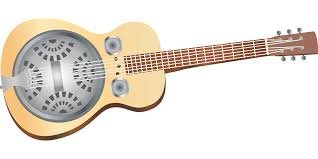What You Leave Behind
/I wasn’t planning this article last week when I wrote about grave stones. Then I received a note and pictures from my third cousin (per Legacy Family Tree’s relationship calculator) and I just knew I needed to share it with all of y’uns.
I’ve said before that the novels I write are fiction (of course, that’s what a novel is) based on truth. My extended family often reaches out to me in one way or another asking how I knew these details of our ancestors’ lives and I have to remind them, it’s fiction. Because of that, I do slightly change names – to protect myself more that any innocent party, I think. Still, folks root out the inspiration for the characters.
My Great-Great-Grandparents, Daniel and Lottie Todd, had a Great-Granddaughter, Wilma, who read and shared Margaret’s Faith. She had bought her son a copy of the book and when she passed away recently, he found notes she had left for him that detailed the family connections she saw in the novel.
I can’t tell you how honored and humbled I was to see that this dear lady would not only buy the book but would leave notes on it for the next generation. And perhaps even more exciting is that her son appreciated the gift she left him!
So we’ve talked here before about journaling and sharing your own stories. I’m not a good hand at writing about myself – I guess I’m spending too much time writing about all these other people and they do seem so much more interesting. This is a point I mentioned in an article here a couple of years ago. And, I’ve shared with you my Great-Great-Grandmother’s journals here (and a couple of other times I’m pretty sure).
Those journals seem to chronicle rather mundane days and yet so many members of my family have enjoyed and learned from her writing. And now I use them as a valued reference tool.
I feel like we are losing so much history with every passing day. Every memory a dear soul carries into eternity without first sharing it seems like such a huge loss. Maybe you have great wealth to leave to the generations that come after you, or prized possessions that might be converted to great wealth, businesses or lands – all of that pales in comparison to the gift of your memories and family history.
Remember, if The Lord has brought you through something, He’s spared your life so you can strengthen someone else in a similar trial!










